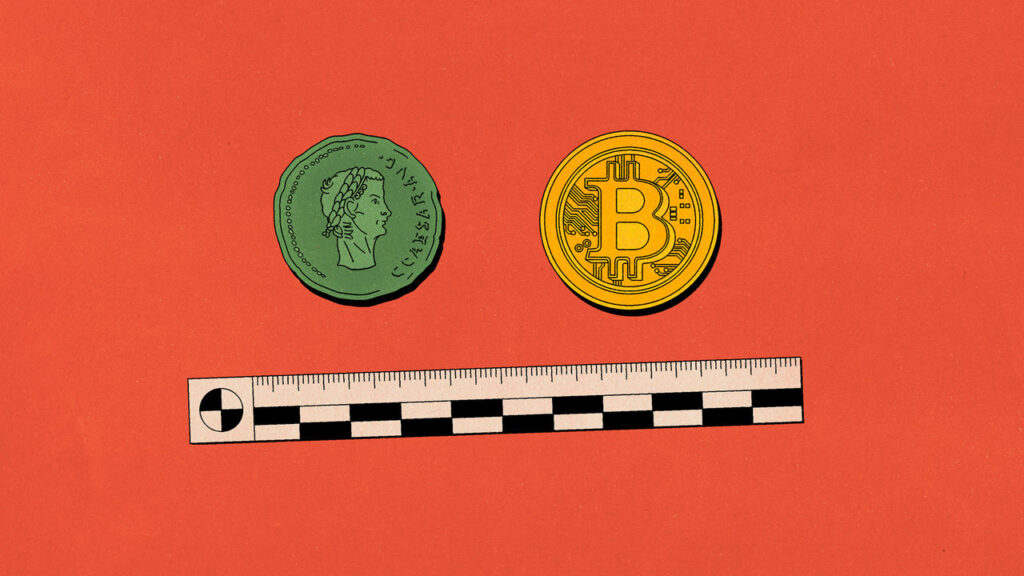The transition from shipwrecks and sheep flocks to the realm of digital currencies is a fascinating narrative that unravels the journey of society through time. This shift allows us to understand the evolution of trade, economics, and technology, illustrating how human ingenuity has consistently adapted to challenges.
Historically, the maritime industry was a driving force for economies around the globe. The treacherous seas were often the final destination for innumerable vessels laden with goods. Shipwrecks were common and devastating, leaving not only a loss of precious cargo but also lives at stake. Places like the Bermuda Triangle became notorious for their mysterious wrecks, prompting caution among sailors. As communities relied on the maritime trade route to connect continents, the toll of these disasters highlighted the vulnerability of physical trade.
In contrast to the perilous nature of shipping was the pastoral stability offered by sheep farming. Regions such as the English countryside and the rolling hills of New Zealand thrived due to the reliable yield of wool. Sheep farming became a backbone of local economies, providing materials for clothing and trade. This agrarian economy provided a sense of security and a tangible way to measure wealth. The wool trade was not merely an economic endeavor; it was also a crucial social fabric that stitched communities together, influencing culture and fostering connections among people.
As nations evolved, so too did their approach to trade. The invention of currency transformed economies from barter systems to more complex financial networks. Coins made of precious metals replaced the need to exchange goods directly and introduced the concept of value. The use of money facilitated trade across broader regions and connected disparate economies. Cities such as Rome and Athens thrived as commercial hubs, where merchants from various backgrounds converged to trade goods, services, and ideas.
However, with the advancement of technology in the 20th and 21st centuries, the economic landscape began to change dramatically once again. The advent of digital currencies, notably Bitcoin in 2009, introduced a paradigm shift reminiscent of earlier economic transformations. Digital currencies entered the scene to tackle the inherent flaws in centralized banking systems, offering greater autonomy and security for users. This was the birth of cryptocurrencies, which emerged from economic necessity and technological innovation, deepening discussions about trust, regulation, and the future of financial exchanges.
Digital currencies operate on a decentralized ledger known as blockchain, allowing transactions to be recorded in a transparent and immutable way. This breakthrough in technology is revolutionary, as it minimizes the role of intermediaries, much like how ships and sheep altered traditional trade methods. The rise of digital currencies has sparked the development of numerous platforms and exchanges, propelling Bitcoin, Ethereum, and many others into mainstream discourse. Investors and tech enthusiasts alike have reshaped perceptions of wealth, pushing towards a cashless society that emphasizes digital assets.
Despite the excitement surrounding cryptocurrencies, the transition to this new form of currency has not been without controversy. Serious questions about regulation, volatility, and fraud have dominated the conversation. Governments worldwide have grappled with how to regulate these currencies, considering their potential impact on the existing financial systems. Events such as the collapse of major cryptocurrency exchanges and the infamous Silk Road saga illustrate how the rapid evolution of this domain can still harbor dangers.
As the narrative progresses, the journey from shipwrecks and sheep flocks to digital currencies signifies more than an economic transition; it reflects the essence of human adaptability. Each phase, from those fraught with risks on the high seas to secure pastoral lifestyles, and now to the digital frontier, showcases how communities have always sought better, more innovative means to connect and trade. The lessons of the past, underscored by the tangible losses at sea and the stability offered by agriculture, remind us that innovation comes with its share of challenges.
Ultimately, the rich tapestry woven from these varied economic paradigms illustrates humanity’s relentless pursuit of progress. Just as shipwrecks once spurred advancements in navigation and shipbuilding, and as sheep farming fostered a trading culture, digital currencies are paving the way for future innovations in finance and trade dynamics. The unfolding story is one of resilience and transformation, where every epoch contributed to the foundational structures of society today.









